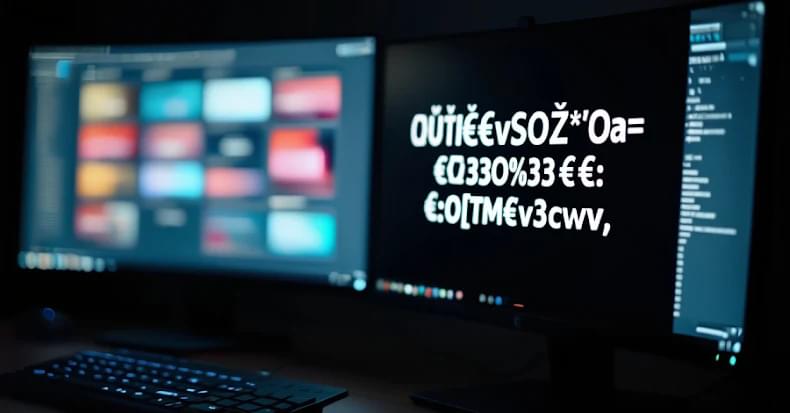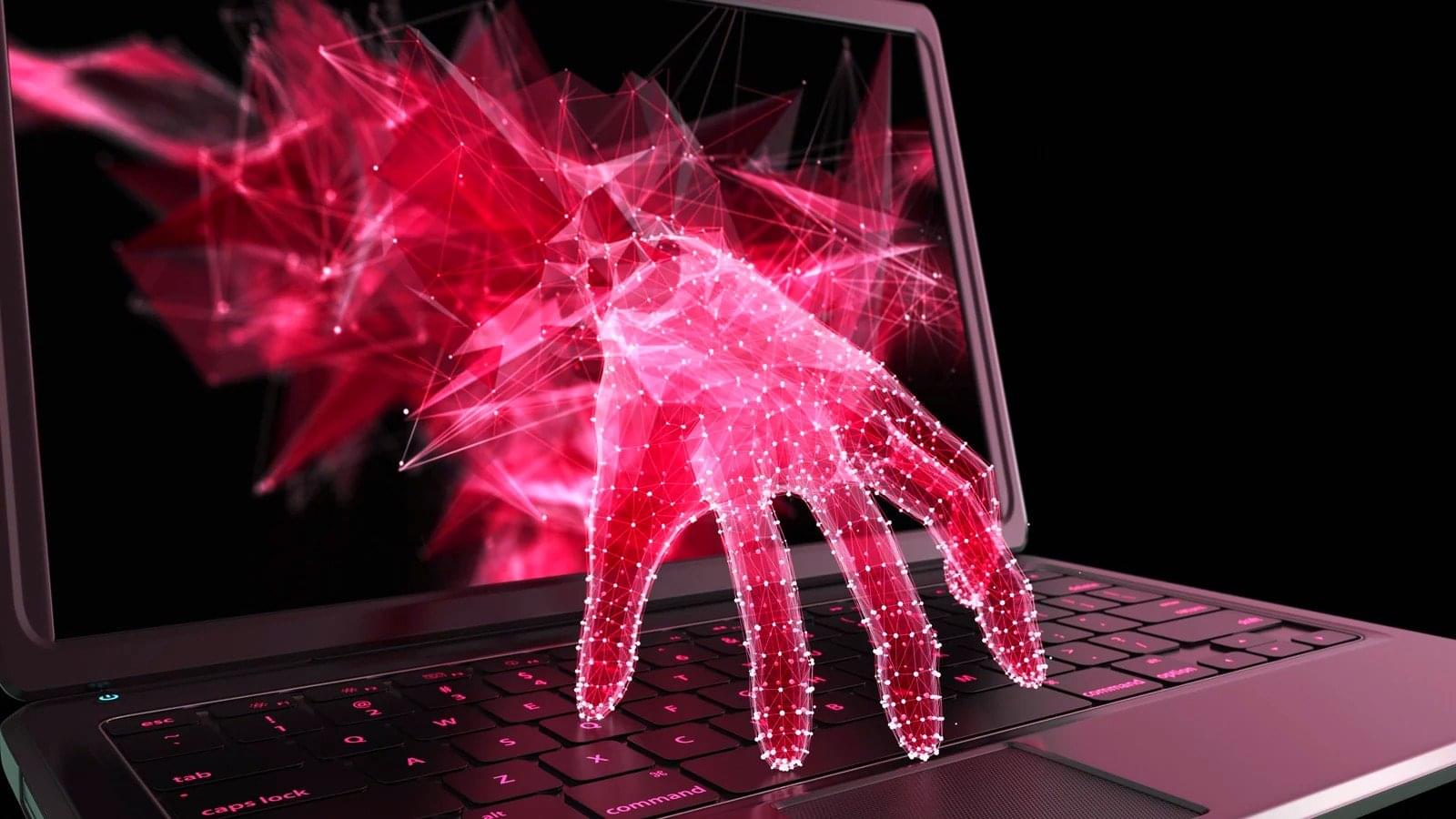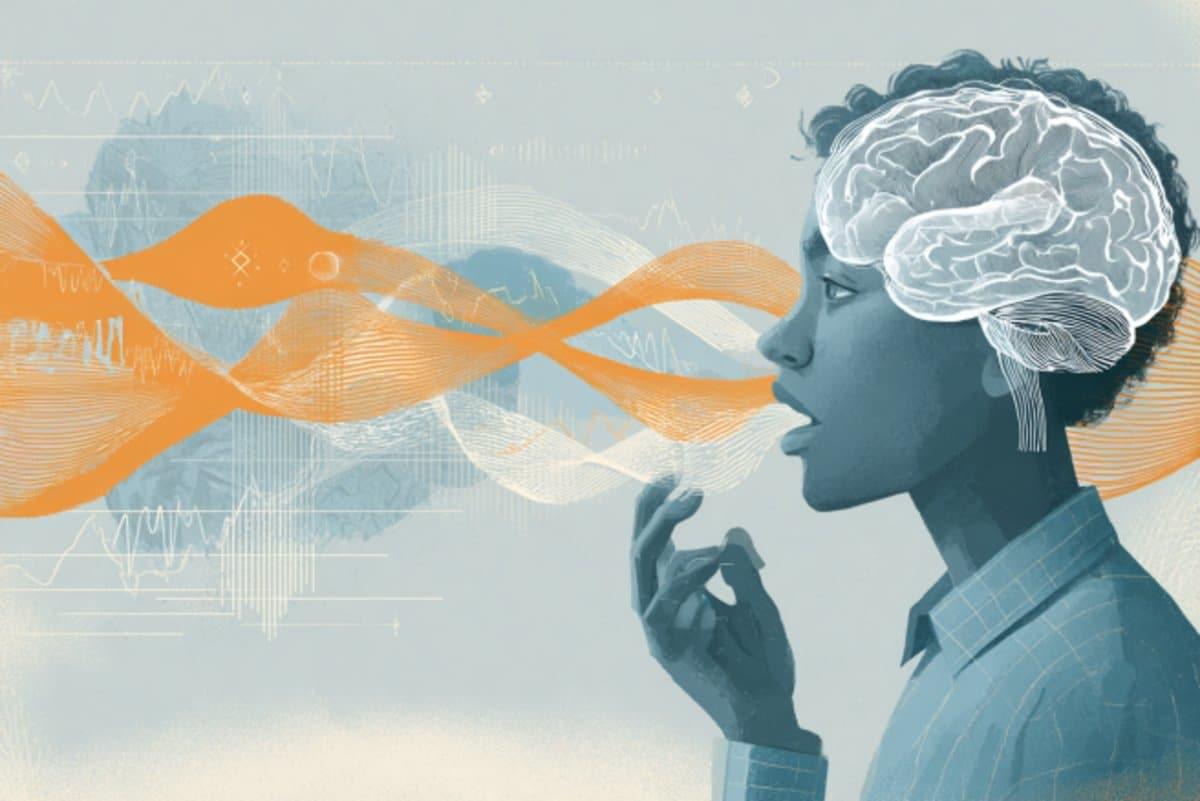A new study proposes how we could look for signs of self-replicating (Von Neumann) probes that would prove that the Solar System has been explored by an advanced extraterrestrial intelligence (ETI).
Get the latest international news and world events from around the world.

Universe’s expansion ‘is now slowing, not speeding up’
The universe’s expansion may actually have started to slow rather than accelerating at an ever-increasing rate as previously thought, a new study suggests.
“Remarkable” findings published today in Monthly Notices of the Royal Astronomical Society cast doubt on the long-standing theory that a mysterious force known as ‘dark energy’ is driving distant galaxies away increasingly faster.
Instead, they show no evidence of an accelerating universe.



Researchers Detect Malicious npm Package Targeting GitHub-Owned Repositories
Veracode exposes npm package “@acitons/artifact” stealing GitHub tokens via build scripts.


GlobalLogic warns 10,000 employees of data theft after Oracle breach
GlobalLogic, a provider of digital engineering services part of the Hitachi group, is notifying over 10,000 current and former employees that their data was stolen in an Oracle E-Business Suite (EBS) data breach.
Based in Santa Clara, California, this software and product development services company was founded in 2000. Since then, it has expanded to 59 product engineering centers and several offices worldwide.
In a breach notification letter filed with the office of Maine’s Attorney General, the company states that the attackers exploited an Oracle EBS zero-day vulnerability to steal personal information belonging to 10,471 employees.

Rhadamanthys infostealer disrupted as cybercriminals lose server access
The Rhadamanthys infostealer operation has been disrupted, with numerous “customers” of the malware-as-a-service reporting that they no longer have access to their servers.
Rhadamanthys is an infostealer malware that steals credentials and authentication cookies from browsers, email clients, and other applications. It is commonly distributed through campaigns promoted as software cracks, YouTube videos, or malicious search advertisements.
The malware is offered on a subscription model, where cybercriminals pay the developer a monthly fee for access to the malware, support, and a web panel used to collect stolen data.

Can you really breathe through your butt? Inside Japan’s surprising medical experiment
It sounds like a strange online myth, but scientists in Japan have been studying whether mammals, including humans, can absorb oxygen through the gut. This phenomenon, often called butt breathing, is officially known as enteral ventilation. In a world where lung failure and ventilator shortages can quickly turn deadly, this idea could change how emergency oxygen therapy works. According to a peer-reviewed study published in Med (Cell Press), researchers at Tokyo Medical and Dental University successfully demonstrated gut-based oxygen absorption in mice and pigs, sparking global curiosity. You can read the full study. The experiment may sound unconventional, but it could one day save lives when traditional breathing support is unavailable…
…Respiratory failure remains one of the most difficult emergencies to manage in modern medicine. Mechanical ventilators save countless lives, but they can also cause lung damage and are not always accessible in low-resource settings. Enteral ventilation could provide an alternative when ventilators are unavailable or when lungs are too damaged to function effectively.
…Despite its promise, the approach still faces several obstacles before it can reach clinical use. The recent human study only confirmed safety, not effectiveness. Researchers now need to show that oxygen introduced through the colon can significantly raise blood oxygen levels.
Scientists in Japan are exploring a novel way to deliver oxygen through the gut. This method, called enteral ventilation, involves introducing oxygen-rich liquid rectally. Early animal trials show promise, and a human safety study found it well-tolerated. This could offer a vital backup for patients with severe breathing difficulties when ventilators are unavailable.
